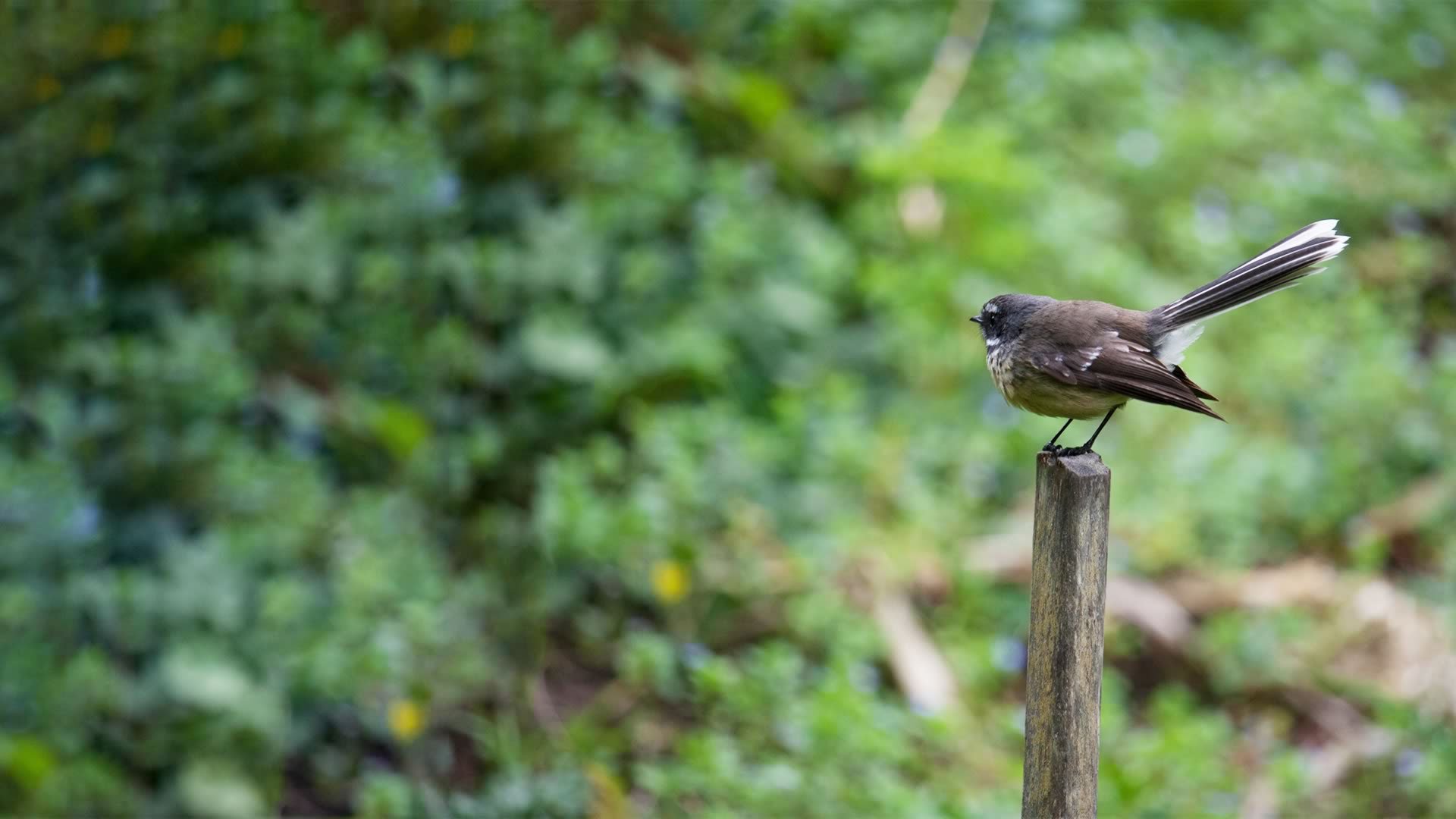
About
Every day, all around New Zealand, the dawn chorus reminds us that our birdlife is a great treasure.
Yet, New Zealand’s native birds are under threat from introduced predators such as possums, rats and stoats. We are committed to using modern technology to improve predator management, and ultimately restore native bird populations.
The birds have always talked to us. This is a new way to listen
Early Beginnings
As soon as people arrived in New Zealand, they recognised the importance of our birds. Māori beliefs about birdsong were passed down for centuries. The placement of a kāreke cry foretold your future. Kōmiromiro brought good news; piopio bad. The song of the riroriro signalled when to plant crops, and the tōrea’s cry told you when to dig for shellfish. The matuku mourned the dead.
Wild Musick
When the Endeavour first sailed to the shores of New Zealand, the botanist Joseph Banks kept a journal. Anchored in Charlotte Sound:
"This morn I was awakd by the singing of the birds ashore... The numbers of them were certainly very great who seemd to strain their throats. Their voices were certainly the most melodious wild musick I have ever heard...the most tuneable silver sound imaginable."
More Than Listening
But people don’t just listen to birds. We hunted them, and introduced pests like rats, stoats, possums and cats. The birds that we loved hearing made easy prey.
Conservation Efforts
In recent decades, conservation has made a huge difference. Trapping, poison, hunting, and fences have all been turned against the pests. Bird sanctuaries all over New Zealand are attempting to bring the music back. (The book ‘Paradise Saved’ tells this remarkable story.)
Next Steps
We’re trying a lot of different thing to help our birds out. To restore the “wild musick” that once woke up Joseph Banks, we need to know which efforts work best. The Cacophony Project will let the birds tell us.
Our Partners
Our work would not be possible without the support of our partners. These individuals and organisations have provided donations, promoted us to their networks, or have generally helped us in our journey so far.

Make a Donation
Your donation allows us to connect people and create partnerships around the world. We run conservation projects with our partners.
Technically inclined?
The Cacophony Project is completely open source. This means anyone is able to make a meaningful contribution to the project. If you’re interested in aspects of technology like software, hardware, and data analysis, you could make a valuable contribution to the project. Get in contact, visit our GitHub, or check out our technology to learn more. Another great way to help is by annotating recordings on Monitoring Platform to help train our machine learning models.











